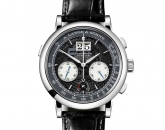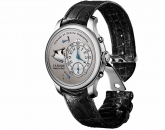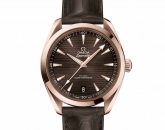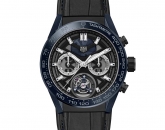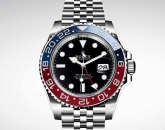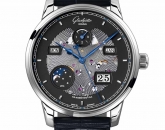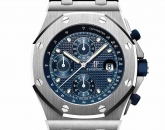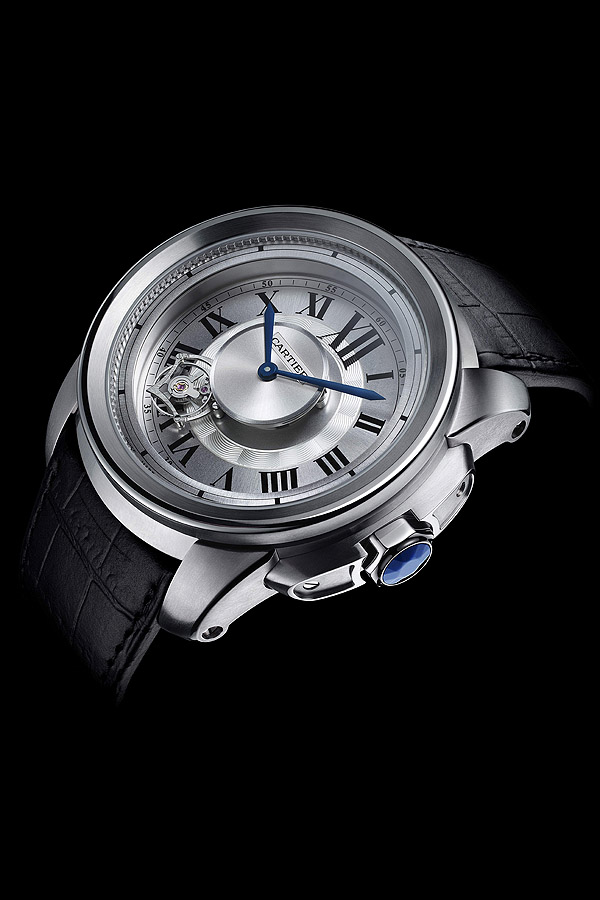 Today, the best watches do more than merely tell the time. They have regulators for extreme accuracy, perpetual calendars, multiple time zones, and other amazing functions. They are made with extensive research, extreme science, and let’s not forget, overactive imaginations.
Today, the best watches do more than merely tell the time. They have regulators for extreme accuracy, perpetual calendars, multiple time zones, and other amazing functions. They are made with extensive research, extreme science, and let’s not forget, overactive imaginations.
It’s no wonder that watches are the coolest type of gadgets in spy movies. They’re handy, stylish, and practical. But let’s be realistic. A mechanical watch that is able to deflect bullets and at the same time unzip a lady’s dress, arm and disarm magnetic mines, and double as a laser beam cutter ala 007’s, isn’t really useful in real life (well, except maybe for the unzipping function).
Fortunately for us, the geniuses at Cartier have different tricks up their sleeves. In the past three years, the brand’s Fine Watchmaking team has been busy working away in the ultimate gadget factory, producing watches that challenge accepted norms and the ‘traditional’ ways of horology, while keeping to the superb aesthetics that Cartier is known for.
The head of the house’s Fine Watchmaking team, Carole Forestier-Kasapi, is a woman with a mission. She aims to put Cartier on a par with most illustrious technical brands, with watches that you will be able to use, and not just dream about.
ZERO GRAVITY
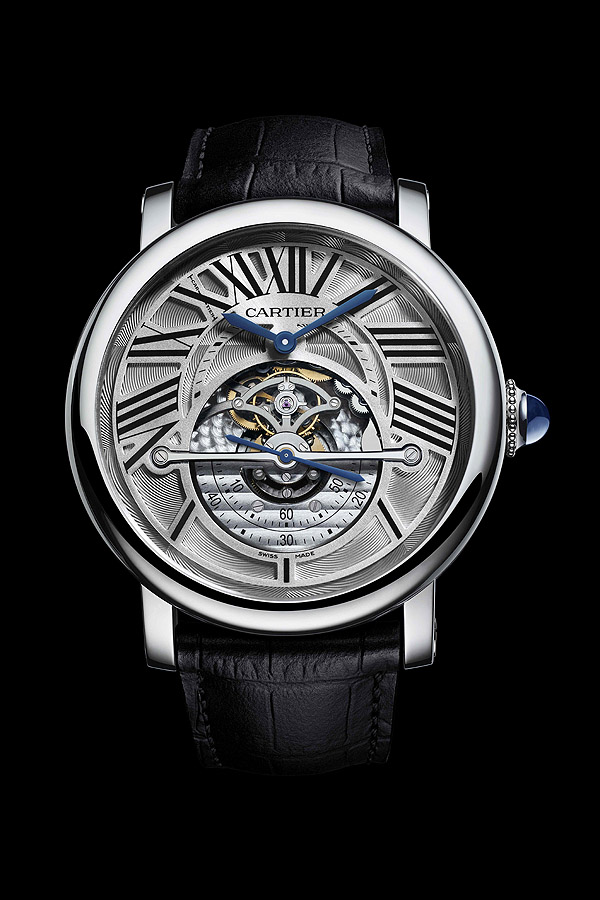 This year, the company has expanded on a number of their collections and presented some astounding gadgetry, the most impressive being the Rotonde de Cartier Astrorégulateur, a watch using a radical approach on managing the impact of gravity on accuracy.
This year, the company has expanded on a number of their collections and presented some astounding gadgetry, the most impressive being the Rotonde de Cartier Astrorégulateur, a watch using a radical approach on managing the impact of gravity on accuracy.
We’ve all heard of tourbillons. But this time, Cartier has produced a worthy opponent, the Astroregulateur; a patented system that harnesses gravity by using the only element that always goes back to the same position on a vertical plane: the rotor. Five years of R&D has resulted in triumph: the 9800MC movement has a rotor-mounted balance and escapement, suspended by a bridge not unlike that used for a tourbillon. Because the balance is attached to the rotor, it constantly reverts to the same upright position when the watch is vertical, addressing the gravitational errors that watches are affected by.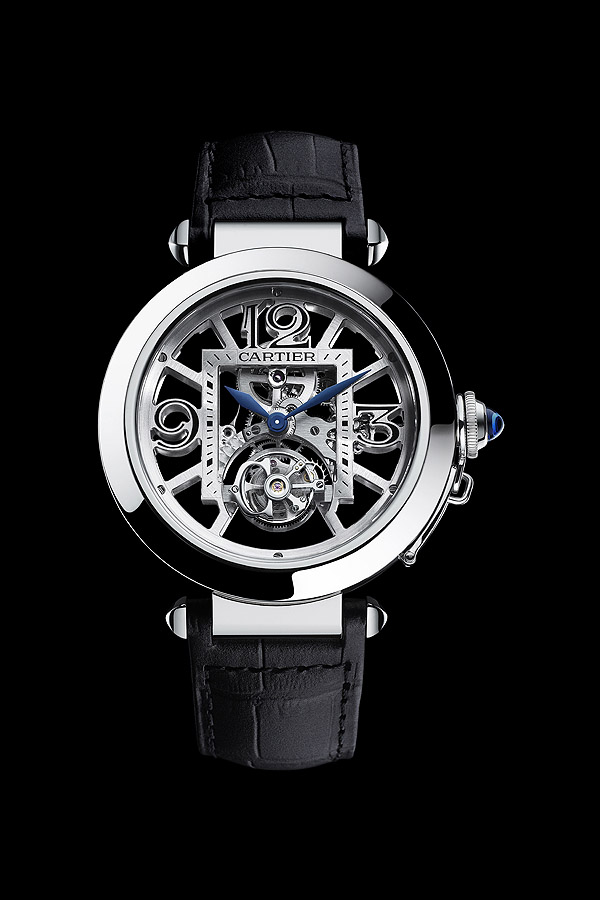
This contraption is clearly seen on the dial of a 50mm case made of niobium-titanium, a material that has allowed for the watch to weigh a mere 55 grams despite its size.
Another out-of-this world innovation from the Maison this year is the Calibre de Cartier Astrotourbillon. Again housed in titanium, the watch is incredibly light in its bold Calibre case. The focal point of this gadget is a tourbillon carriage that rotates around the dial, instead of staying put, as traditional tourbillons do. The carriage makes one revolution per minute, and the off-centred balance bridge, shaped like an arrow, indicates the seconds.
And to top off the tourbillon offerings is the Pasha de Cartier Skeleton Flying Tourbillon. The classic round Pasha comes in a skeletonized dial showing off its flying tourbillon movement, the Calibre 9457MC, housed in a white gold case. I’ve never really been an enormous Pasha fan, but I have to admit that this is a really striking piece.
SEE-THROUGH STYLE
Skeletonized watches are actually Cartier’s bestsellers in the Fine Watchmaking collection, and the piece that started the buzz was the Santos 100 Skeleton. This year, the house presents a stunning edition of the watch in blackened titanium, giving it an even tougher exterior. The Cartier 9612 MC movement, with a 72-hour power reserve, powers this version.
If you’re going for a sleeker, but still spy-savvy look, the Santos Dumont Skeleton should be on your shopping list. This year the watch comes in an ADLC titanium case, making it appear almost a matte black.
WORLD WHIZ
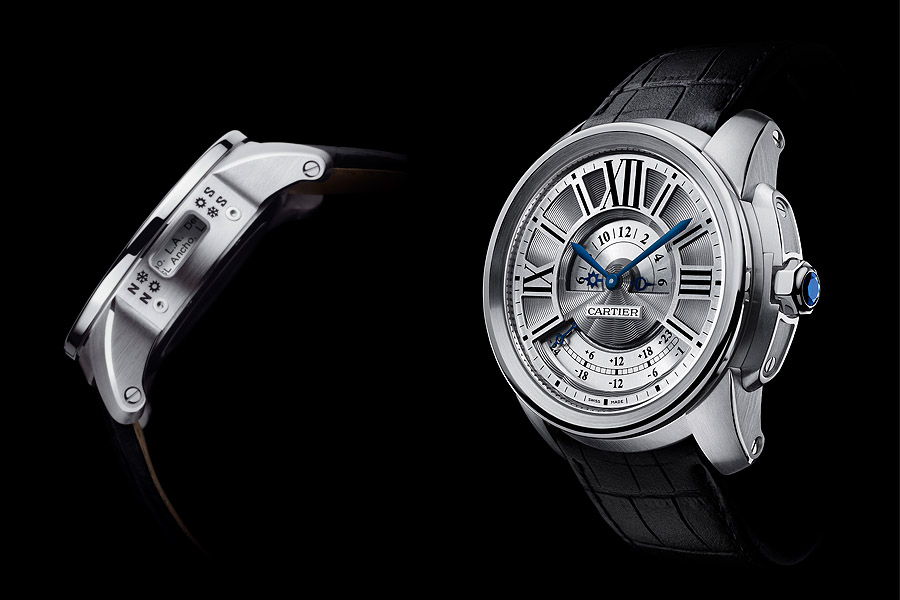 One of the most useful watches in the collection has to be the Calibre de Cartier Multiple Time Zone. Home time is shown on the day-night hand on a window from four to seven, while local time is shown on the main hands. These are linked to the cities disc on the side of the case, which is can be turned by a button integrated into the crown guards.
One of the most useful watches in the collection has to be the Calibre de Cartier Multiple Time Zone. Home time is shown on the day-night hand on a window from four to seven, while local time is shown on the main hands. These are linked to the cities disc on the side of the case, which is can be turned by a button integrated into the crown guards.
Two features set this watch apart. The first is a “jet-lag indicator”, which is displayed in the window on the upper half of the dial. It shows the hour difference between your home time and local time. The second is the “season indicator”, which is shown by two lines in the cities disc representing the Northern and Southern hemispheres, as well as winter and summer icons.
AS YOU CAN SEE, it’s been a very creative year for Cartier, and I think it’s a grand time to reap the fruits of their labour. I’d be prepared to use my secret agent connections to get a hold of one of these pieces when they are launched in boutiques.
Click here to see the published article.


